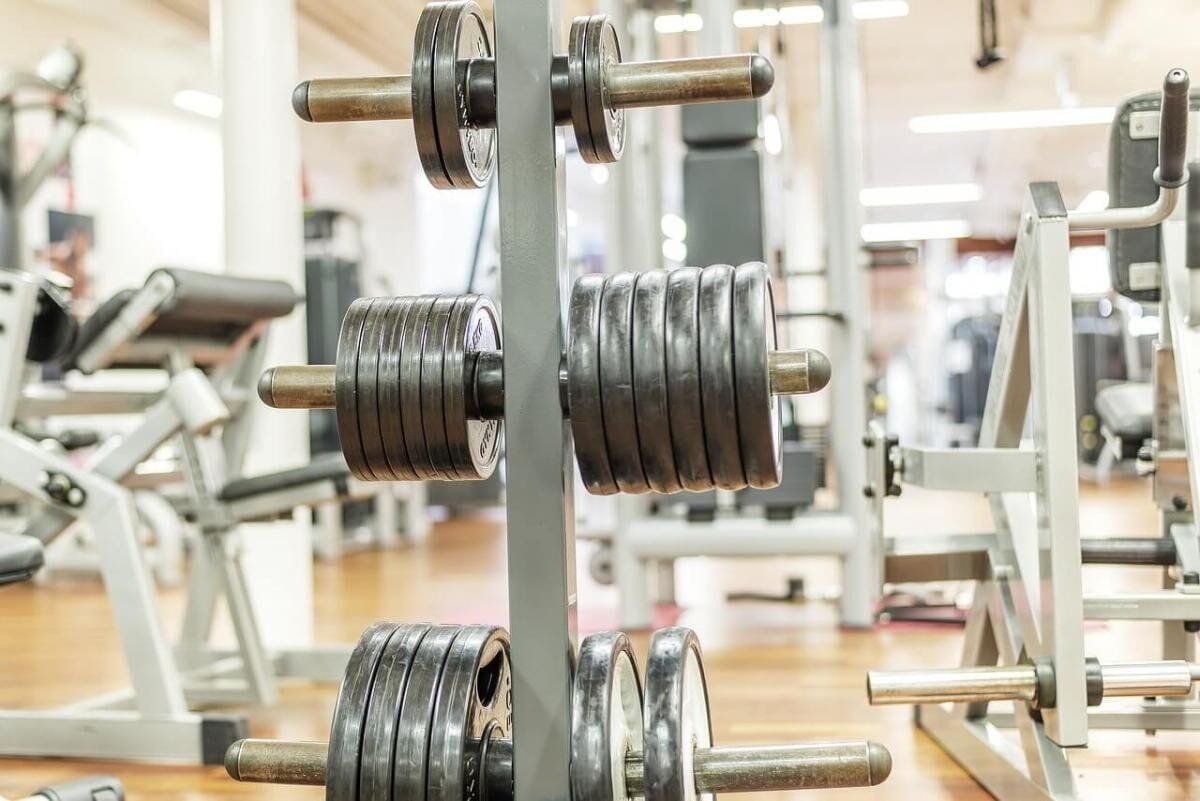Losing weight is a goal that many people have but lack a logical and precise plan to achieve that goal. Arbitrarily deciding to eat less and work out more may work but you should really be using a more scientific, or mathematical approach called a calorie deficit.
Each of us has a total number of calories per day that we burn doing our regular activities, as well as the operation of bodily functions such as breathing. When we take in roughly the same number of calories that we burn daily, our weight remains the same so in order to lose weight, we need to burn more than we consume. This negative gap between our maintenance calories and the calories we actually consume is called a calorie deficit.
There are several ways by which you can identify your maintenance level but the quickest and easiest by far is using a Calorie Maintenance Calculator.
How to Create a Calorie Deficit Plan
After you find your maintenance level, it’s time to start counting calories (and exercising for best results).
Say, for example, that in order to stay at your current weight without exercising, you must consume about 2000 calories per day. If you eat any less than this number in a day, you will lose weight.

How much weight will you lose? We’ll get to that soon.
Let’s say that knowing your maintenance level is 2000 calories, you decide to cut your diet by around 150 calories per day and also run about two miles per day. This amount of exercise would likely help you to burn another 200 calories per day.
It could be more or less depending on your body’s weight and efficiency but 100 calories per mile is the ballpark figure that’s generally accepted.
With this new diet and exercise routine, you’d end up with a calorie deficit of around 350 calories per day.
Now, back to the question of how much weight you’ll lose.
To calculate your rate of weight loss on this plan, know that one pound of fat is about 3500 calories. Therefore, if you are creating a deficit of 350 calories per day, you will lose about one pound every ten days.
To increase your rate of weight loss, you simply must decrease your calorie intake and/or increase your amount of exercise.
Never start with a calorie deficit of more than 20% of your maintenance level and if you reach a point where you’re no longer losing weight, cut your calories by 250.
Why Protein Intake is Crucial to Healthy Weight Loss
There’s one small problem if a calorie deficit is the only factor in your weight loss plan, however, and that lies in the body’s tendency to use both fat and muscle mass for energy. In other words, if you’re creating a high-calorie deficit, you’re likely to lose muscle as well as fat.
Loss of muscle tone can result in feelings of lethargy, which can decrease the strength and stamina needed to exercise or even carry out daily activities effectively. You also won’t look very toned so you’ll be slimmer but it will be more like a skinny fat.
By ensuring that your body gets its proper amount of protein, however, you can be sure that your muscles will have the energy that they need to keep you staying strong and healthy. A good rule of thumb is about 0.8 to 1 gram of protein per pound of body weight.
Chicken, egg whites and fish are excellent protein sources when trying to build muscle but if you’re having trouble hitting your protein targets while keeping your calories in check, a meal replacement shake is a great option to consider.
Furthermore, resistance training is better for building and preserving muscle. In fact, endurance/cardio exercises such as running do very little for building muscle mass so your choice (or mix) of exercises will depend on your goals.

Why All Calories Are Not Created Equal
High-protein meals and snacks also hold another key benefit when considering a long-term calorie deficit program. Unlike carbohydrates, proteins tend to be more filling and provide us with much more energy in the hours after they’re consumed because they stimulate the production of certain hormones in the body that make you feel satiated.
In order to prevent or limit those perpetual hunger pangs that a calorie deficit can bring about, a diet of healthy, protein-rich foods will keep you going for longer, even after a hearty round of exercise.
Fiber is also great for fighting cravings because it makes you feel full for longer and slows digestion.

Founder of www.calisthenics-101.co.uk. Training calisthenics since 2012.
Currently working on: 30 second one-arm handstand, muscle-up 360, straddle planche.